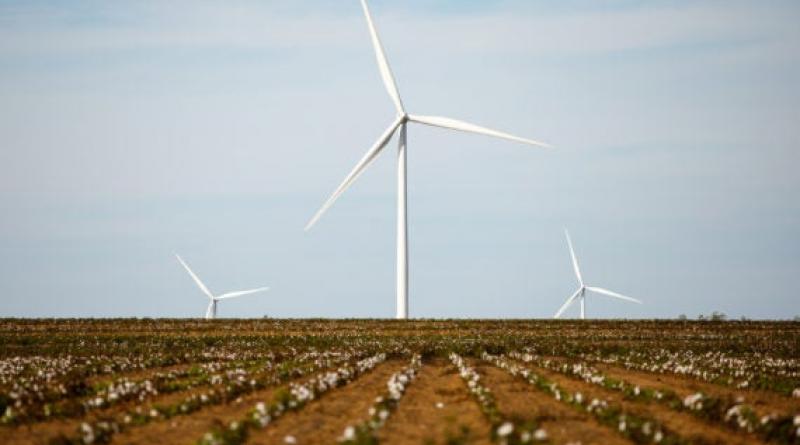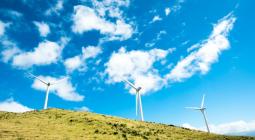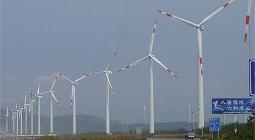Onshore Wind In Europe Could Meet 100% Of Global Energy Needs.

Some key figures and wording in this article have been updated thanks to feedback from Mark Z. Jacobson, Professor of Civil and Environmental Engineering and Director of Atmosphere/Energy Program at Stanford University.
Researchers at the University of Sussex in the UK and Aarhus University in Denmark say Europe has the capacity to produce more than 100 times more renewable energy from onshore wind farms than it does today. Their study was published recently in the journal Energy Policy. It analyzes all the sites in Europe that are suitable for onshore wind farms and finds Europe has the potential to supply enough energy — 52.5 terawatts of nameplate capacity — for the whole world until 2050.
Co-author Benjamin Sovacool, professor of energy policy at the University of Sussex, said, “The study is not a blueprint for development but a guide for policymakers indicating the potential of how much more can be done and where the prime opportunities exist. Our study suggests that the horizon is bright for the onshore wind sector and that European aspirations for a 100% renewable energy grid are within our collective grasp technologically. Obviously, we are not saying that we should install turbines in all the identified sites but the study does show the huge wind power potential right across Europe which needs to be harnessed if we’re to avert a climate catastrophe.”
The research involved spatial analysis of Geographical Information System data which allowed the team to factor in exclusionary factors including houses, roads, restricted areas due to military or political reasons, as well as terrains not suitable for wind power generation. The greater detail in this approach allowed the research team to identify more than three times the onshore wind potential in Europe than previous studies.
Peter Enevoldsen, assistant professor in the Center for Energy Technologies at Aarhus University, said, “Critics will no doubt argue that the naturally intermittent supply of wind makes onshore wind energy unsuitable to meet the global demand.” (Bet on it, Peter!) “But even without accounting for developments in wind turbine technology in the upcoming decades, onshore wind power is the cheapest mature source of renewable energy, and utilizing the different wind regions in Europe is the key to meet the demand for a 100% renewable and fully decarbonized energy system.”
According to Science Daily, the study estimates more than 11 million additional wind turbines could be theoretically installed over almost 5 million square kilometers of suitable terrain and provide 52.5 terawatts of nameplate power capacity. The identified Turkey, Russia, and Norway as having the greatest potential for future wind power density, although large parts of Western Europe were also considered ripe for further onshore farms because of favorable wind speeds and flat areas.
Obviously the satellite data and imagery cannot take political considerations into account. With Russia’s recent history of turning off natural gas supplies to its neighbors, few countries would be comfortable depending on that country for its electricity. Similarly, Turkey is proving restive within the NATO community and may be an unreliable energy partner as well. The study also does not address the cost of constructing the high voltage transmission lines needed to distribute all that electricity to the nations of the world.
Mark Jacobson, professor of civil and environmental engineering at Stanford University andCleanTechnica contributor, said, “One of the most important findings of this study, aside from the fact that it concludes that the European onshore wind potential is larger than previously estimated, is that it facilitates the ability of countries to plan their onshore wind resource development more efficiently, thereby easing the way for commitments by these countries to move entirely to clean, renewable energy for all purposes.”
The study shows that a zero carbon economy is well within the power of humans to create, assuming they are willing to work together for the common good. There is little evidence that such a level of cooperation will be forthcoming before the ability of the Earth to support human life comes to an abrupt, terrible, and painful end. Most likely, in the end, the last two people alive will be squabbling over who gets to take the final breath.
19 August 2019
CleanTechnica




